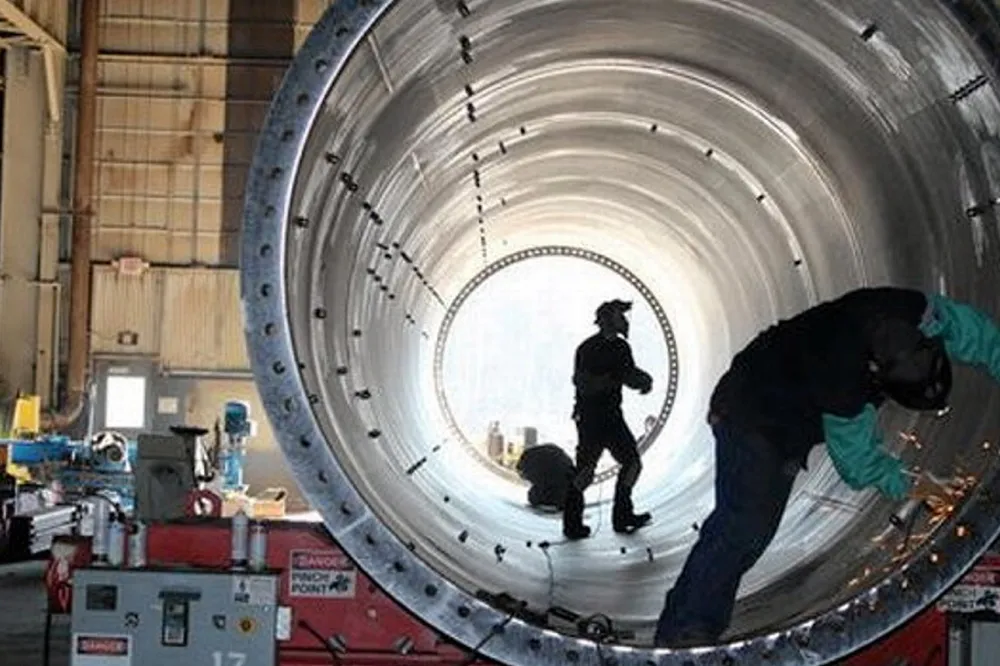US clean energy 2023 employment growth twice as much as broader economy: DoE report
Lucrative climate law federal tax incentives spurred wind, solar, and related supply chain investments, creating 142,000 jobs

US jobs in clean energy grew by 4.2% in 2023, more than twice as much as the 2% job growth rate in the overall economy, led by the solar and wind sectors and construction of related manufacturing and supply chain facilities, according to a new Department of Energy (DoE) report.
Clean energy employment increased by 142,000 jobs last year on investments spurred by unprecedented long-term lucrative federal tax credits made available by the Inflation Reduction Act (IRA).
President Joe Biden signed the nation’s landmark climate law in August 2022. His administration has not issued guidance to enable full implementation of the multi-faceted legislation, mainly for emerging technologies, having given priority for those established or proven at scale.
The bipartisan multi-year Infrastructure Investment and Jobs Act that Biden signed in 2021 will eventually provide $1trn in federal funding, some of which will be spent on energy-related projects.
During President Barack Obama’s 2009-17 administration, initial waves of federal spending to promote green energy generation and demand resulted in a relatively modest uptick in job creation.
Availability of tax credits was uncertain during this period which led to wild swings in construction of wind and solar farms and related items such as power lines, and supply chain manufacturing.
The IRA addresses the issue of certainty of incentives while extending them to other clean technologies such as hydrogen, small modular nuclear reactors, and production of clean energy components.
What constitutes a clean or green energy job, or simply green employment, has eluded consensus definitions, which can complicate efforts to track broader trends in overall employment growth.
According to DoE, a “clean energy career can be any occupation that is affected by activities such as conserving energy, developing alternative energy, reducing pollution, or recycling.”
E2, a non-partisan group based in Washington, DC, tracks a universe of clean jobs that includes “renewable generation, energy efficiency, clean vehicles, battery and storage, grid modernisation, and biofuels.”
The US Bureau of Labour Statistics (BLS), a unit of the Department of Labour, categorises green jobs as biofuels, electric vehicles, energy auditors, environmental remediation, forestry, geothermal energy, recycling, solar power, sustainability, sustainable forestry, water conservation, and wind energy.
The DoE report reflects a record number of survey responses from 42,000 businesses nationwide.
It found jobs in clean energy grew in all 50 states and District of Columbia led by solar (5.3%) and wind (4.5%), which includes offshore, a nascent sector with strong growth potential.
There were 28,000 new jobs created in 2023 with involvement in building new battery and solar module factories, ports for offshore wind, and warehouses to store and transport clean energy products.
(Copyright)